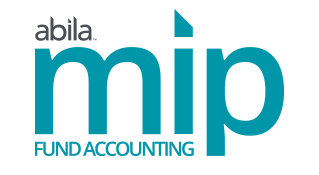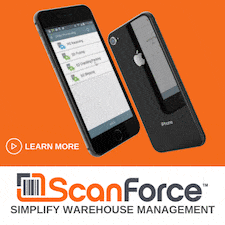
When you originally implemented MIP Fund Accounting, you probably made some important decisions about your chart of account structure, account segments, and other aspects of fund accounting and reporting.
But what happens if your tracking and reporting needs have changed a bit since that time?
What if you've started new projects or are involved in events that weren't accounted for originally?
That’s where User-Defined Fields come into play.
But what happens if your tracking and reporting needs have changed a bit since that time?
What if you've started new projects or are involved in events that weren't accounted for originally?
That’s where User-Defined Fields come into play.
What is a User-Defined Field?
User-defined fields allow you to add your own custom fields to the MIP Fund Accounting data entry screens and reports. As the name suggests, these custom fields are defined and created by the user (that’s you!). While a better name might be “customer-defined” fields, the point is that you can set them up without custom development, technical support, or intimate knowledge of the underlying database structure.
A Perfect Fit for Special Events or Projects
User-defined fields can be extremely useful for special projects, charity events, or anything else you want to track and report on separately. For instance, a community relief organization may want to add a “Number of Clients Served” column in each of their cash disbursement or check transactions. Or maybe you’re holding a one-time charity event and would like to track contributions and expenditures separate from your “regular” everyday transactions. You can track it all with user-defined fields.
Keeps Your Chart of Accounts Clean
One of the nice things about user-defined fields is that you can set them up and run detailed reports without adding new account numbers, segments, or anything else that might muddy up your chart of accounts in MIP Fund Accounting.
Using “disposable” user-defined fields keeps your chart of accounts from growing unnecessarily large, complex, and messy. Plus, the data you enter in your user-defined fields can be set up to carry through to reports. In the example above, user-defined field functionality would enable the community relief organization to track the “number of clients served” and even create a Performance Budget around service goals!
Using “disposable” user-defined fields keeps your chart of accounts from growing unnecessarily large, complex, and messy. Plus, the data you enter in your user-defined fields can be set up to carry through to reports. In the example above, user-defined field functionality would enable the community relief organization to track the “number of clients served” and even create a Performance Budget around service goals!
Getting Started
User-defined fields are created in the Administration Module within MIP.
You can specify the transaction type, field name and description (the label that appears on your data entry screens), and a variety of other characteristics that will help you control the data that’s required in these newly-created custom fields.
Contact an Abila MIP Fund Accounting Partner if you'd like to learn all about working with user-defined fields or if you'd like help putting them to work for your next special event or project.
You can specify the transaction type, field name and description (the label that appears on your data entry screens), and a variety of other characteristics that will help you control the data that’s required in these newly-created custom fields.
Contact an Abila MIP Fund Accounting Partner if you'd like to learn all about working with user-defined fields or if you'd like help putting them to work for your next special event or project.

